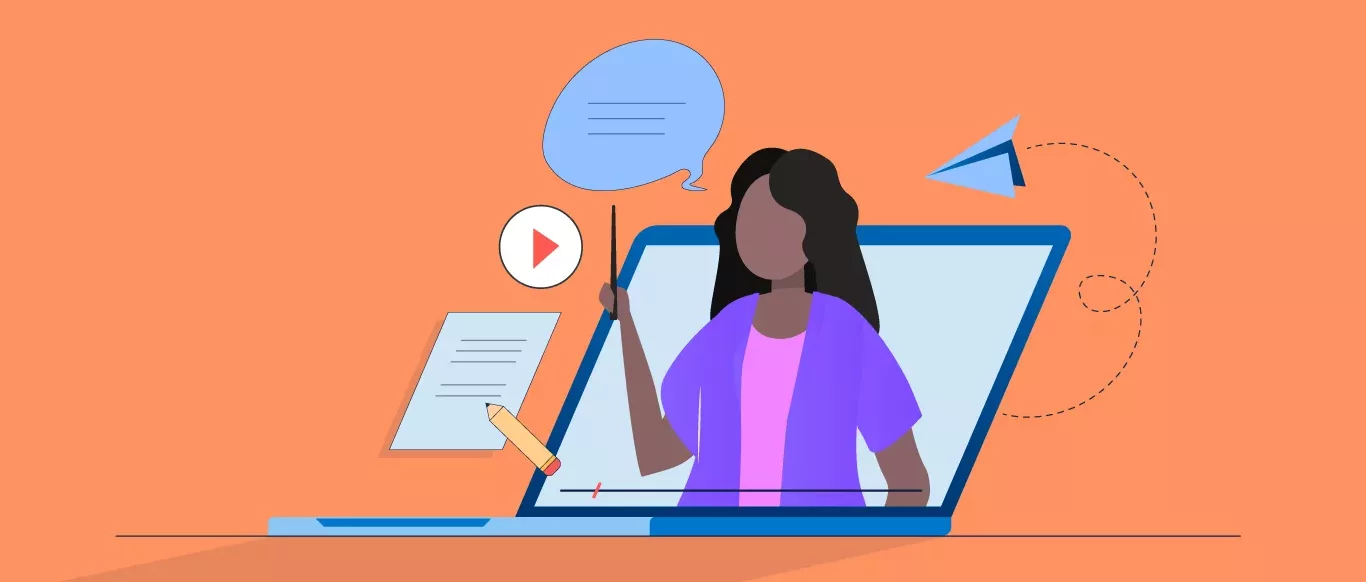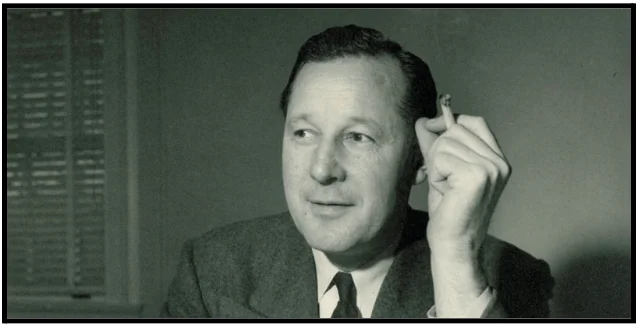Template: Problem → Solution → Example (PSE)
This template is the simplest and a great starting point. Start by articulating the problem your company solves. Then share the solution: what your organization does to solve the problem. And close with a recent example.
- You know how… [problem]
- Well what we do is… [solution]
- For example, just last week… [example]
Example:
- You know how… a lot of really great ideas don’t seem to get much traction because of how they’re communicated?
- Well… the Ewing School helps leaders talk about their ideas to get other people just as excited about them.
- In fact… just a couple of weeks ago, we helped a leader develop a conference keynote. For the next 3 days, people kept telling him how much they love the work he is doing.
Template: PSE in a Story
This template comes from Paul Smith, a storytelling and leadership expert. It follows the same basic format as the Problem → Solution → Example template above, but tells it as a story:
- Pick a real or hypothetical character.
- Explain the series of events leading to this person needing your company’s services or product.
- Articulate how your company helped them.
- Highlight the benefits the character received.
Example:
- One time there was a really well-respected leader who hated public speaking.
- He had to introduce a keynote at a conference.
- He asked us for help. During his first run-through, he stared at his shoes and mumbled. We worked together for months leading up to the event.
- When he finally gave his remarks, he crushed it. People cried and even offered him jobs. Now, he regularly gives talks about the work he does.
Persuasive Narrative
This is a great template to use when you want to generate buy-in or move your listener to take action.
The key to this template is to start by putting your audience at center stage. Then paint a picture of a vision you both believe in. Followed by articulating what threatens that vision. Enter the solution to resolve that threat. End by clarifying what we need to do to implement the solution, vanquish the threat, and save our vision.
- Audience-focused opening.
- Shared vision.
- Threat.
- Solution.
- Call to action.
Example:
- Have you ever had an idea that you’re really excited about? But when it came time to tell someone about it, it didn’t go over well.
- Imagine a world where people with great ideas talk can get others just as excited about those ideas.
- The problem is that we don’t teach idea-makers to frame their ideas to connect with their audiences. And then deliver them in a clear, confident way.
- At the Ewing School, we work with leaders who have Big Ideas to radically improve the world. We coach them to talk about their ideas with clarity, confidence, and authenticity.
- What is one thing you could do today that would improve how you talk about your Big Ideas?




